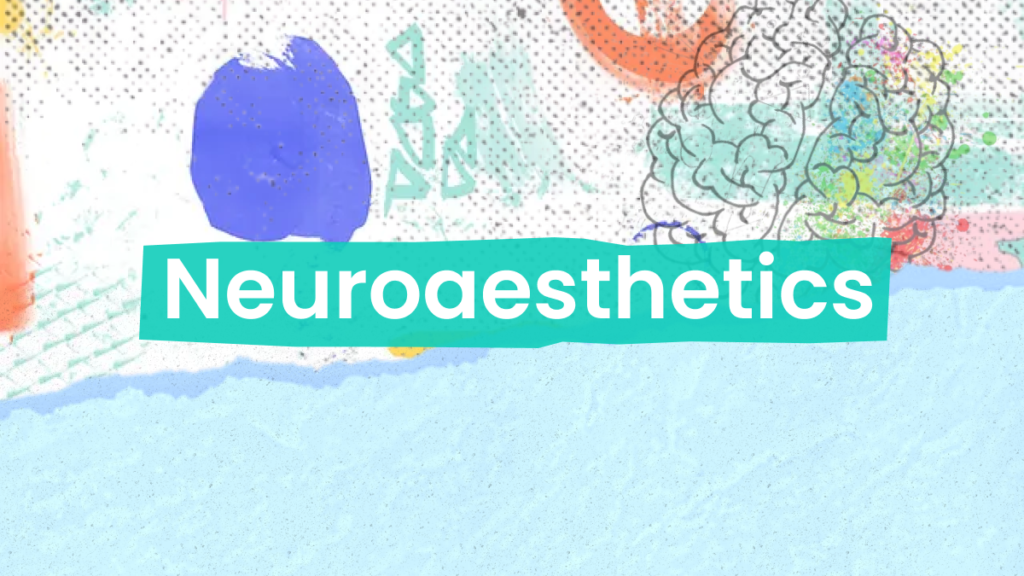Neuroaesthetics, What Is It?

In the intricate dance between our minds and the arts lies a fascinating area of study known as neuroaesthetics. This field, which blends neuroscience and aesthetics, aims to uncover the secrets of human creativity, perception, and emotion by exploring the brain’s role in our appreciation of beauty and art. Neuroaesthetics emerged in the late 1990s, bringing together insights from neuroscience, psychology, philosophy, and the arts to shed light on the mysteries of beauty and artistic experience.
At its core, neuroaesthetics tackles big questions about aesthetics and how our brains process it. What makes something beautiful? How do we react to art? And how does our brain influence our experience of beauty? These questions guide researchers as they delve into the realm of neuroaesthetics, seeking a deeper understanding of our complex relationship with art.
One of the biggest challenges in neuroaesthetics is the fact that aesthetic experiences are highly subjective. Beauty and artistic preference vary from person to person and are influenced by culture, making them tricky to study scientifically. Despite this, neuroaesthetics aims to use rigorous scientific methods to unravel the mysteries of aesthetics.
A Journey Through History: From Philosophy to Science
Neuroaesthetics traces its roots back to ancient philosophy, where thinkers like Edmund Burke and Immanuel Kant pondered the nature of beauty and the sublime. However, it wasn’t until the late 20th century that the field transitioned from philosophical speculation to empirical investigation.
Philosophers and psychologists have grappled with aesthetics for centuries, leading to a wide range of theories and experiments. From Fechner’s studies on the golden section to modern research on the preference for certain shapes, these efforts have contributed to our understanding of aesthetics, albeit with varying degrees of relevance to everyday art appreciation.
Defining Aesthetics Through a Scientific Lens
One of the main challenges in neuroaesthetics is defining what exactly we mean by “aesthetics.” While it’s difficult to pin down a precise definition, neuroaesthetics explores how our brains respond to art and beauty. By studying the brain’s activity during artistic experiences, researchers hope to uncover the neural mechanisms underlying our aesthetic preferences.
Neuroaesthetics draws on a range of disciplines, including functional brain anatomy, psychology, and evolutionary biology, to understand how our brains process art. By examining which areas of the brain are active during art-related tasks, researchers can gain insights into the cognitive and emotional processes involved in aesthetic perception.
The Science Behind Aesthetic Experiences
Aesthetic experiences encompass a wide range of art forms, from visual art to music, literature, and dance. Each art form presents its own set of challenges for neuroaesthetic research, but all share a common goal: to understand how our brains respond to artistic stimuli.
For example, studies have used functional magnetic resonance imaging (fMRI) to explore the neural mechanisms underlying our perception of visual beauty. Similarly, research on music has uncovered the brain regions involved in processing rhythm, melody, and emotional engagement. Literature and dance also offer insights into the neural basis of aesthetic experience, shedding light on how storytelling and movement captivate our minds.
Challenges and Controversies in Neuroaesthetics
While neuroaesthetics holds promise for advancing our understanding of aesthetic perception, it faces several challenges. The subjective nature of aesthetic experience makes it difficult to study scientifically, and critics argue that the reductionist approach of neuroaesthetics overlooks the cultural and social contexts of art.
Ethical considerations also come into play, particularly concerning the use of neuroimaging technologies and the privacy of human subjects. Researchers must navigate these challenges responsibly to ensure the ethical conduct of their studies.
Future Directions in Neuroaesthetics
Despite these challenges, neuroaesthetics continues to push the boundaries of scientific inquiry. Future research may focus on individual differences in aesthetic sensitivity, the neural dynamics of collaborative art-making, and the therapeutic potential of artistic expression for mental health and well-being.
As technology advances and interdisciplinary collaborations flourish, neuroaesthetics is poised to unlock new frontiers in our understanding of the human brain and its relationship with the arts. By bridging the gap between science and the humanities, neuroaesthetics offers valuable insights into the complexities of human nature and the profound impact of artistic expression on our lives.
Until then,
Join Neureads for more neurotechnology news and stories.

